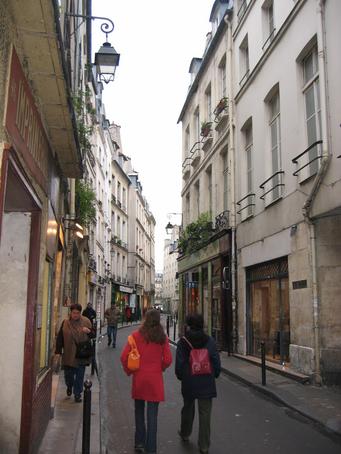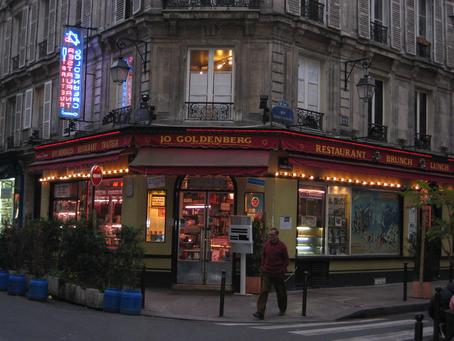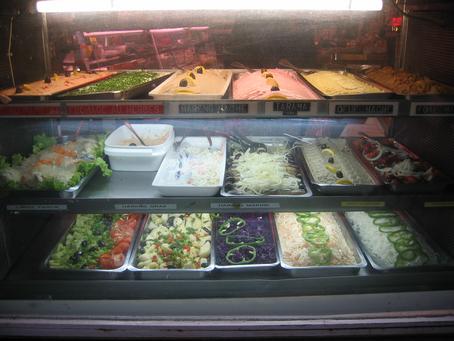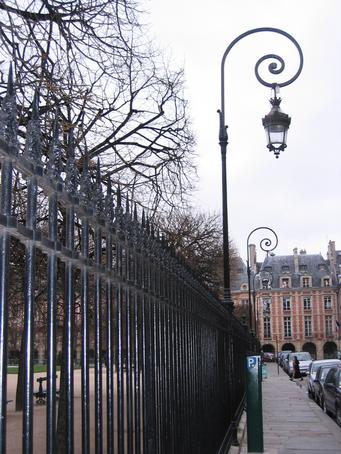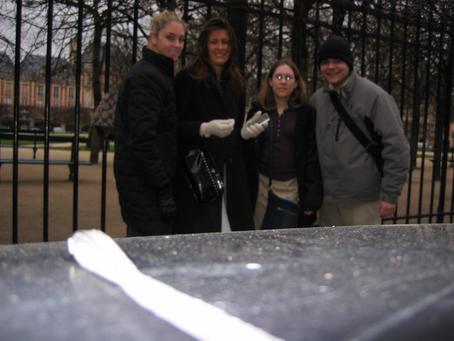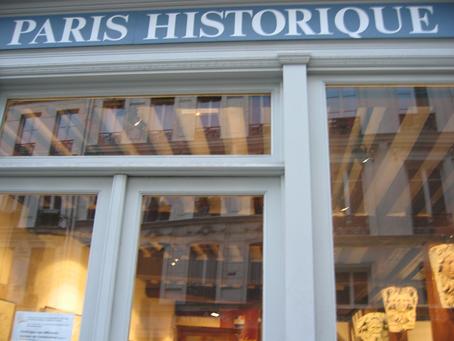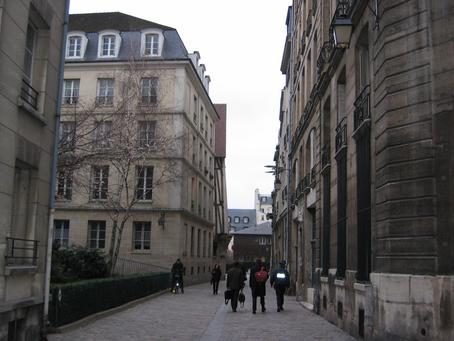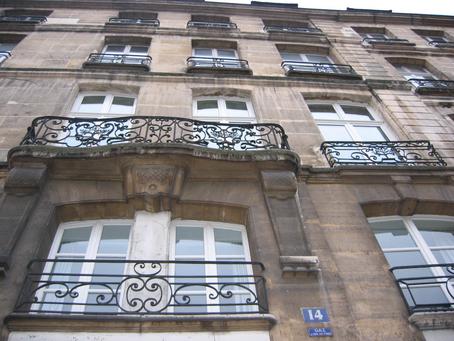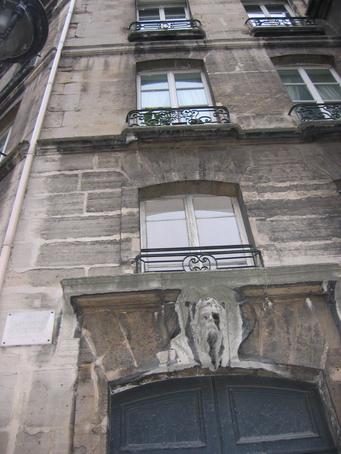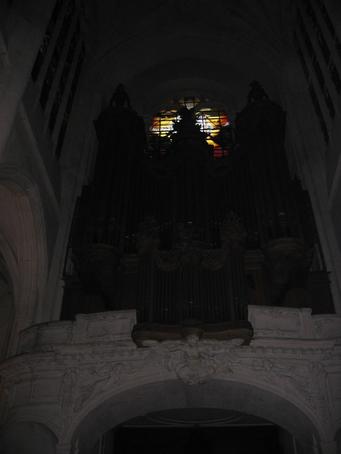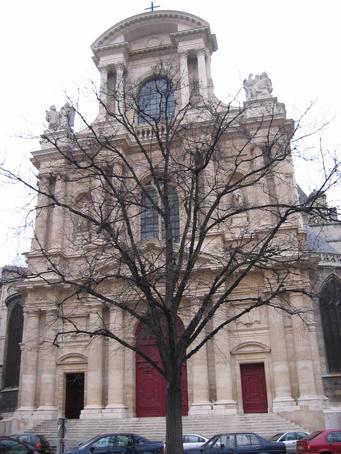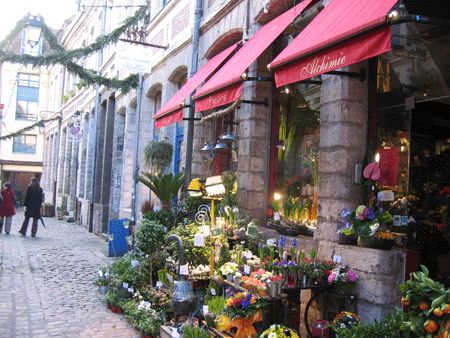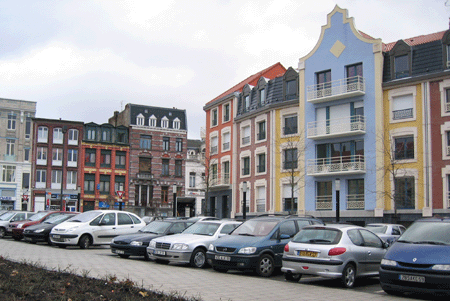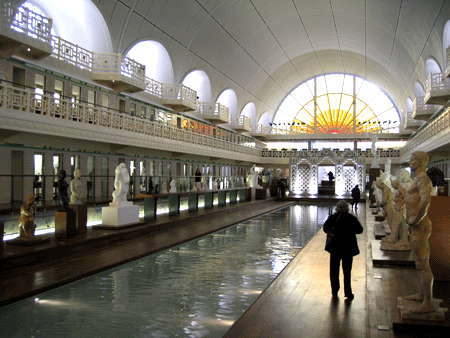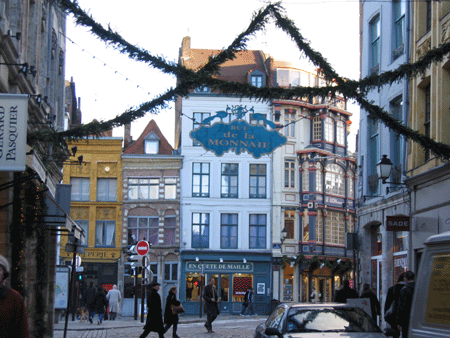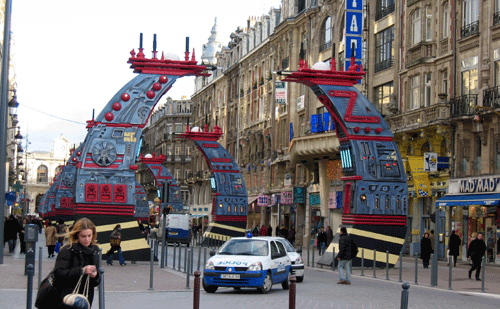Just as Paris has a culture of its own, every quartier in the city is unique in character. From the picturesque Marais and the Quartier Latin with charming boutiques and its seductive bakeries to Montparnasse bustling with restaurants and cafés, there is a neighborhood for everyone. Here we look at a few particularly striking Parisian neighborhoods, with the addition of Lille, a city about an hour north of Paris, which (along with Genoa in Italy) has been named the European capital of culture for the year 2004.
Le Quarter Latin / Odéon
Metro: Odeon (lines 4,10), Mabillon (line 10)
Odeon, with its large student population (many universities in the area), cinema, and trendy cafés (like Le Dix, on la rue de l'Odeon, and Chez Georges) is a very lively quartier with much to do and much to see. If you've got a rendez-vous at Odeon, the statue of Danton is a nice meeting place right in front of the metro station. A bit of history: the statue was placed there toward the end of the 19th century. Odeon is also where Le Procope, the oldest café/restaurant in Paris, is located.
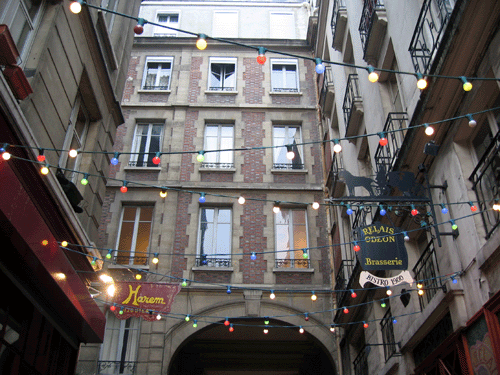
Montmartre
Metro: Anvers (line 2), Place de Clichy (lines 2, 13), Lamarck Caulaincourt (line 12), Pigalle (lines 2, 12), Abesses (line 12)
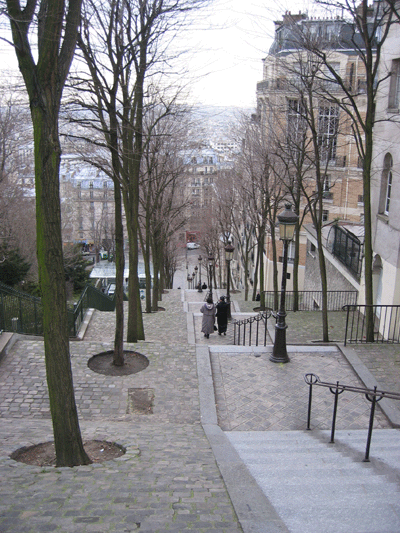
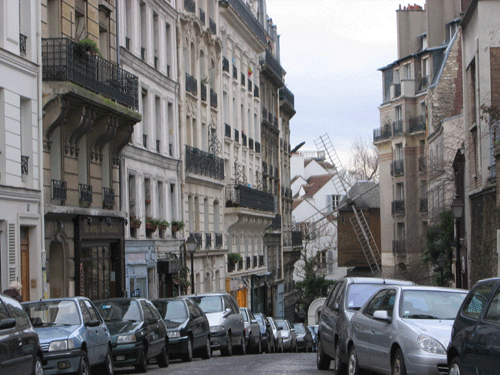
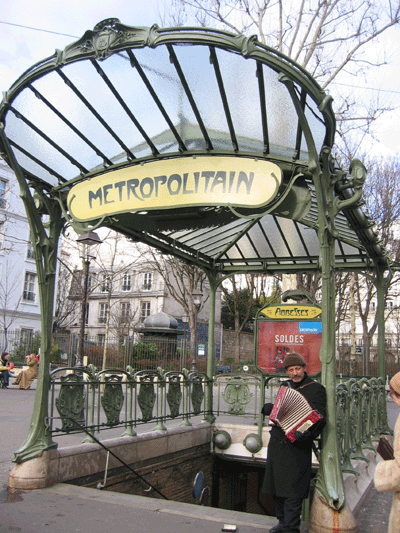
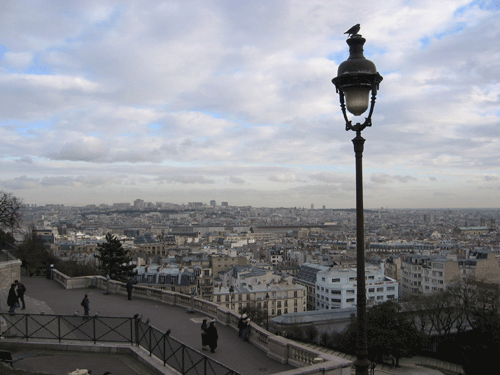
Le Marais
Metro: Hotel de Vîlle (lines 1, 11)
The Marais is a neighborhood rich in history, architecture and, of course, restaurants. For most members of the group, introduction to the Marais came by way of completing a walking tour designed by other MIT students. The pictures shown below serve as documentation of where this tour led us. Starting near the Hotel de Ville, we proceeded past countless impressive facades covered with ornate ironwork. Eventually we entered the heart of the Marais where, unlike most of Paris, we encountered nonstop activity on a Sunday. At lunch we entered a cafe where we were served, ate, paid, and left within approximately 10 minutes- space is precious when it's cold outside.
Towards the end of our tour we entered the Place des Vosges and took a quick break for hot chocolate. This hot chocolate was one of many we came to drink during our trip. The unique taste of "real" hot chocolate has stuck with me since then: steaming milk and thick melted chocolate, mixed to taste.
Lille / Roubaix
One day we set out past the boundaries of Paris to visit two more northernly cities, Lille and Roubaix. We took the train to Roubaix, which turned out to be a quiet city with long avenues and multicolored houses stacked neatly in rows.
In Roubaix, we also visited La Piscine, a museum of art and industry. The museum is in fact named La Piscine (the pool) because it was built over the old public pool of the city, integrating the works of art with the history of the location.
Our next stop after Roubaix was Lille, called the culture capital of Europe. We were surprised to see that the center of town appeared to be a quaint village that had dropped out of nowhere, complete with huge cobblestones, elaborately-crafted street signs, and holiday garlands strung up between buildings that looked so picturesque they could have been hand-painted, every detail attended to. We were even more surprised to see a row of gargantuan futuristic robot arches lining one of the main thoroughfares! (They turned out to be part of the celebration of a year-long arts festival [ lille2004 ] the city is hosting.)
|

